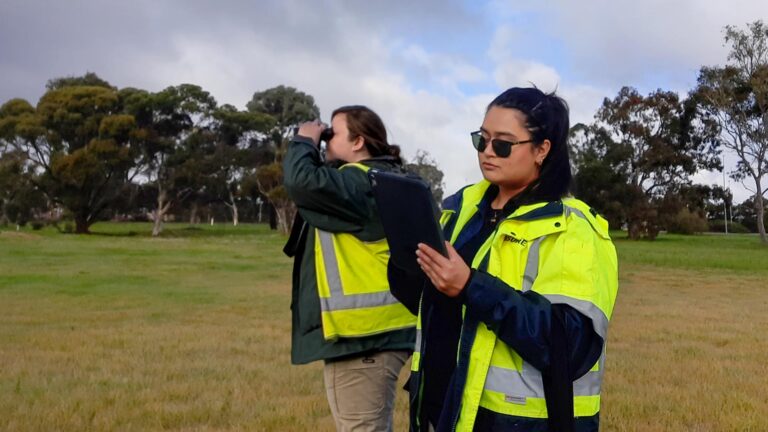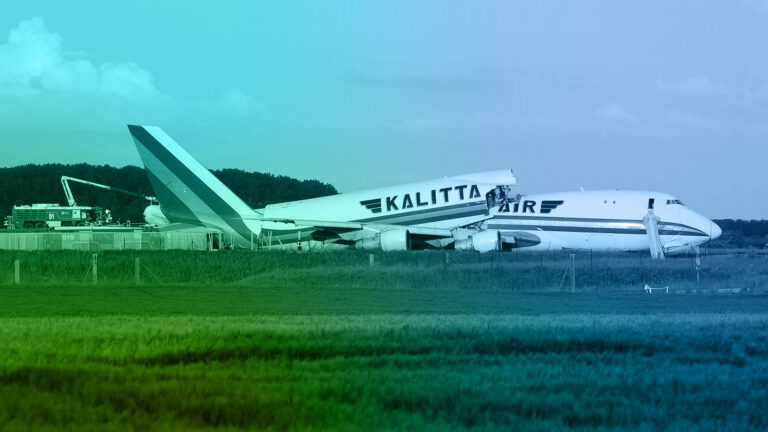Avisure has undertaken some wildlife hazard management work in Africa, as Jeff Follett, Avisure CEO, reports.
‘It was a super rewarding project in so many ways – the birds were incredible, the people were amazing, and we hope that the results will benefit a lot of people’. A special highlight was the ‘66 new species we picked up, including some incredible kingfishers, birds of prey, waders and nectar-feeding sunbirds’.
For him, the experience highlighted the vital importance of aviation to a continent like Africa. ‘It really struck me when we were there. Sometimes I hear that aviation is a luxury, and that what we do is ancillary to the aviation mainstream.
‘But in this area of Africa, aviation is essential because of the great distances involved, and challenging infrastructure. There is a distinct wet season, which leaves the roads virtually impassable and unable to be used to transport supplies – food and medicine, or people, to where they are needed. The only way they can get these things is by air, so maintaining aviation capability and capacity is critical.
‘In this location, our work on wildlife hazard management could therefore mean the difference between whether people were getting what they needed to survive, or not.’
Although the country was different, Jeff explains that there are some common WHM challenges. ‘As in many areas of Australia and the US, one of the key attractants for wildlife in this location was ponded water areas, with another key wildlife attractant being waste management.’
As in Australia and the US, climate change is having an impact, seen in this part of Africa in the changing pattern and timing of bird migration. Jeff says, ‘a key migratory roost for the region was located in the area where we were working, perhaps because the birds felt safer there than in other areas that have greater predator pressure.’
Climate change is also affecting food production, resulting in greater human pressure on habitat that the birds would otherwise use, resulting in potential conflict between humans and birds.
The final challenge was that the area was war torn, with people unsure from one day to the next if their village was going to be attacked. This made project planning extremely difficult as people had no idea what they would be doing or where they would be – you couldn’t schedule weeks or months in advance.




